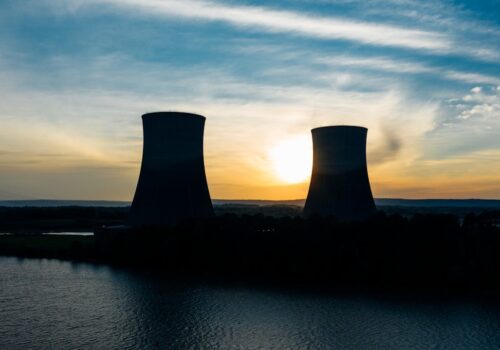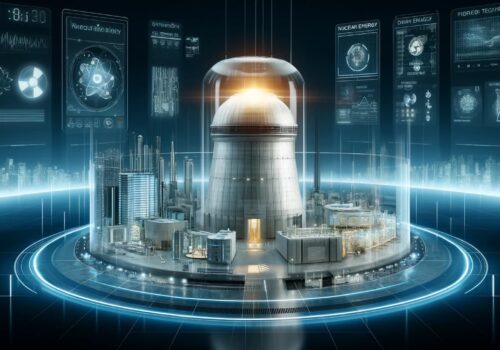Air Quality
Nuclear energy protects air quality and the health of millions of people by avoiding the harmful emissions that cause acid rain and smog.
Nuclear energy is by far the largest source of clean air energy in the United States, generating more than half of the nation’s emission-free electricity. Air pollution causes millions of premature deaths annually, according to the World Health Organization. Nuclear can go further than any other energy source to reduce air pollution-related health problems and deaths caused by burning fossil fuels.
Does Nuclear Energy Cause Air Pollution?
No. In fact, nuclear protects our air quality as a form of zero-emission clean energy. That’s because nuclear fission generates electricity without the harmful byproducts that coal, oil and natural gas emit. Here are a handful of the pollutants that nuclear energy keeps out of the air we breathe:
- Nitrogen oxide (NOx), which produces smog
- Sulfur dioxide (SO2), which produces acid rain
- Particulate matter, like smoke and dust
- Mercury, a harmful neurotoxin
- Carbon dioxide (CO2), a key contributor to climate change.
These pollutants contribute to stroke, heart disease, neurological disease, lung cancer and respiratory diseases, including asthma. Without nuclear power, NOx and SO2 levels in the U.S. would increase. By keeping existing nuclear power plants on line and building advanced nuclear facilities in the United States, we also protect the health of our communities.
Nuclear Helps States Meet Clean Air Requirements
Nuclear power gives states a big leg up in complying with the Clean Air Act. By using nuclear energy, states can reduce emissions to meet clean air requirements faster, with a better return on investment.
A Surprising Comparison: Nuclear, Solar, Wind and Other Clean-Air Sources
Solar, hydropower, wind and geothermal electricity sources also are emission-free and are an important and growing part of our clean energy future, but nuclear supplies more electricity than all of them combined. Nuclear energy is the total package: low impact, high performance, zero emissions. It is the only form of clean air energy that can supply power around-the-clock, anytime day or night.
Nuclear energy has one of the lowest environmental impacts of all energy sources, comparable with the total impacts of wind and solar. It doesn’t emit air pollution, it safely keeps its waste out of the environment and it requires a very small amount of land. Actually, nuclear energy produces more electricity on less land than any other clean air source.
As with all energy facilities, certain processes used to build and fuel nuclear plants do emit pollutants. However, independent studies find nuclear energy’s total life cycle impacts are the same as wind, solar and hydropower.
Putting the Brakes on Carbon Emissions
Every year, nuclear-generated electricity saves our atmosphere from more than 471 million metric tons of carbon dioxide, equivalent to taking nearly 100 million passenger cars off the road. Electricity from nuclear energy can also make electric vehicles truly carbon-free. This means nuclear energy can improve air quality and reduce global emissions even more by helping us leave gasoline and diesel cars behind.




